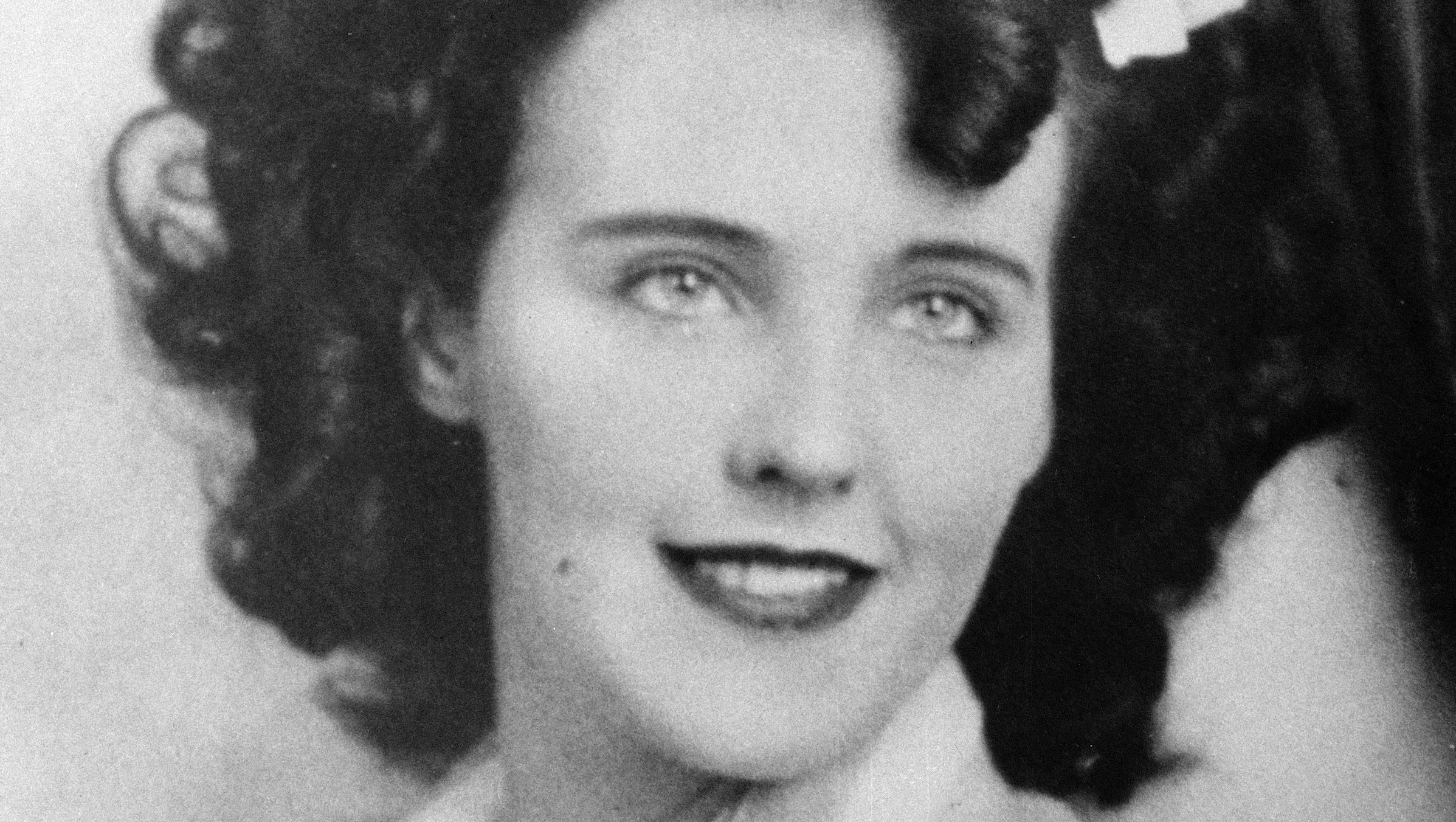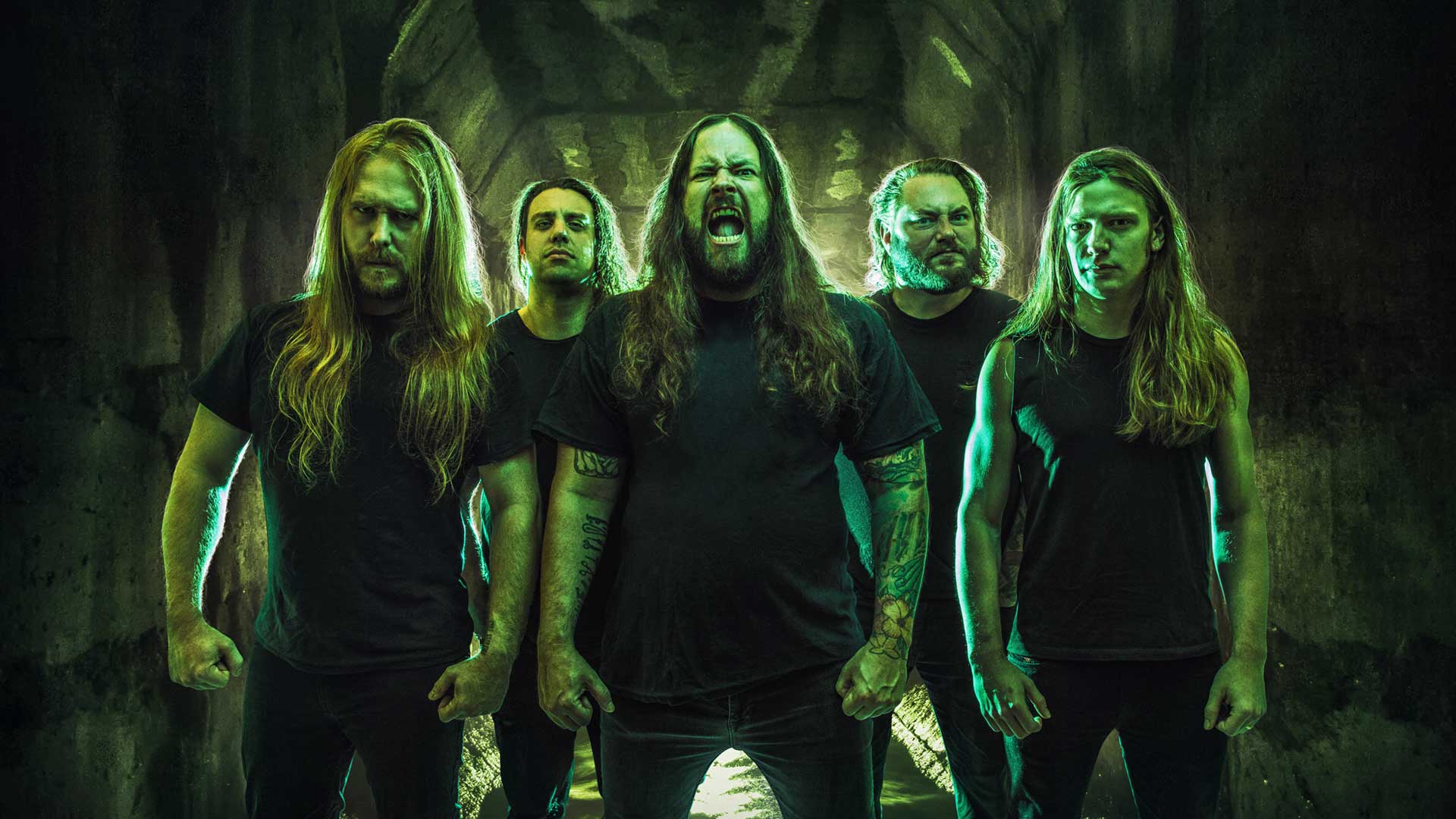Unveiling The Mystery: Black Dahlia Murder Photos And The Chilling Truth
It’s been over seven decades, but the Black Dahlia murder case remains one of the most haunting unsolved mysteries in American history. The name itself sends shivers down the spine, and the Black Dahlia murder photos have become both a source of fascination and horror for true crime enthusiasts worldwide. As we dive into this chilling story, we’ll uncover the dark details behind these infamous images and why they continue to captivate our collective imagination.
Elizabeth Short, better known as the Black Dahlia, was a young woman whose tragic fate left the world in shock. Her murder, brutal and grotesque, became a symbol of the darker side of human nature. The photos taken at the crime scene have been etched into history, serving as both evidence and a grim reminder of the horrors that can unfold in the shadows of society. But what do these images really tell us? And why do they still hold such a grip on our psyche?
This article isn’t just about the Black Dahlia murder photos; it’s about understanding the context, the mystery, and the human tragedy behind them. By exploring the case from every angle, we aim to shed light on the unanswered questions that have plagued investigators and true crime enthusiasts alike. So, buckle up, because this is one ride you won’t forget.
- Evanna Lynch Nude Setting The Record Straight And Celebrating An Iconic Star
- Brittney Atwood Nude Separating Facts From Fiction And Exploring The Bigger Picture
Here’s what we’ll cover:
- Biography of Elizabeth Short
- Crime Scene Photos: A Closer Look
- Investigation Details and Key Findings
- The Impact on Society
- Why the Case Remains Fascinating
Who Was Elizabeth Short? A Brief Biography
Early Life and Background
Elizabeth Short, born on July 29, 1924, in Boston, Massachusetts, was a young woman with dreams of becoming a Hollywood starlet. Her life, however, was tragically cut short at the age of 22. Known for her striking beauty and enigmatic personality, Short moved to California in pursuit of fame, only to meet an untimely and brutal end. But who was the woman behind the headlines?
Growing up in a modest family, Elizabeth faced her share of challenges. She dropped out of high school during World War II to work in a shipyard, where she met and briefly dated a Marine. Her life seemed ordinary enough, but it was her move to Los Angeles that set the stage for her infamous nickname and tragic fate. Known for her preference for black clothing, especially dahlia-print dresses, the press later dubbed her the "Black Dahlia," a moniker that would forever be associated with her untimely death.
- Mckinzie Valdez Leaks The Untold Story And What You Need To Know
- Lexi Rivera Naked Understanding The Sensation Behind The Search
Personal Data
Here’s a quick overview of Elizabeth Short’s personal details:
| Full Name | Elizabeth Short |
|---|---|
| Birthdate | July 29, 1924 |
| Birthplace | Boston, Massachusetts |
| Nickname | Black Dahlia |
| Date of Death | January 15, 1947 |
Crime Scene Photos: A Closer Look
What the Photos Reveal
The Black Dahlia murder photos, taken at the crime scene, are some of the most disturbing images in the annals of criminal history. Elizabeth Short’s body was discovered on January 15, 1947, in a vacant lot in Leimert Park, Los Angeles. The photographs show her body grotesquely mutilated, with a deep cut separating her head from her torso. Her face was eerily calm, almost peaceful, despite the brutality of the crime. These images have since become iconic, symbolizing the horror and mystery surrounding her death.
What makes these photos even more chilling is their clarity. In an era before digital photography, the quality of the images is remarkable. Investigators used these photos to piece together the events leading up to her death, but despite their efforts, the case remains unsolved. The photos have been analyzed by experts, amateurs, and true crime enthusiasts alike, each hoping to uncover a clue that might lead to the identity of her killer.
Why Are These Photos So Haunting?
It’s not just the violence depicted in the Black Dahlia murder photos that makes them so unsettling; it’s the way they humanize the victim. Elizabeth Short wasn’t just a statistic or a name in the headlines—she was a young woman with hopes and dreams. The photos serve as a stark reminder of the fragility of life and the darkness that can lurk in the hearts of men. For many, they represent the ultimate failure of justice—a beautiful life extinguished, and a killer who remains free.
Investigation Details and Key Findings
The Initial Investigation
The investigation into Elizabeth Short’s murder was extensive, involving hundreds of detectives and countless leads. Despite this, no conclusive evidence was ever found. The LAPD received thousands of tips, many of which were wild theories or outright hoaxes. The sheer volume of information made it difficult to sift through the noise and find the truth.
One of the most intriguing aspects of the case was the lack of physical evidence. Elizabeth’s body was found in a clean state, with no signs of struggle or defensive wounds. This led investigators to believe that she had been killed elsewhere and dumped at the scene. The absence of fingerprints, DNA, or other tangible clues has contributed to the case’s enduring mystery.
Key Suspects and Theories
Over the years, numerous suspects have been named in connection with the Black Dahlia murder. Some theories suggest that her killer was someone she knew, while others point to a random act of violence. One of the most famous suspects was George Hodel, a prominent Los Angeles physician whose son later claimed he confessed to the crime. However, without concrete evidence, these theories remain just that—speculation.
- George Hodel: A controversial figure in the case, Hodel was investigated but never charged.
- Walter Bayley: A doctor who allegedly had a history of violent behavior.
- Joseph A. Dumais: A man who claimed to have information about the crime but was never proven to be involved.
The Impact on Society
How the Case Changed True Crime
The Black Dahlia murder photos and the case itself have had a profound impact on the true crime genre. They inspired countless books, documentaries, and even Hollywood films. The case’s unsolved nature has fueled public interest, making it a touchstone for those who study crime and human behavior. It also highlighted the need for better investigative techniques and the importance of preserving evidence.
Media Coverage and Public Reaction
At the time of her death, the media frenzy surrounding Elizabeth Short was unprecedented. Newspapers splashed her story across their front pages, and the public was captivated by the grisly details. The nickname "Black Dahlia" was coined by reporters, who were eager to sensationalize the story. This media attention, while bringing the case to the forefront of public consciousness, also contributed to the spread of misinformation and wild speculation.
Why the Black Dahlia Case Remains Fascinating
The Mystery Factor
One of the primary reasons the Black Dahlia case continues to fascinate is its unsolved status. In a world where technology and forensic science have advanced exponentially, the fact that such a high-profile case remains a mystery is both frustrating and intriguing. The lack of closure has kept the public guessing, fueling countless theories and debates.
Human Connection
Elizabeth Short’s story resonates on a deeply human level. She was a young woman with dreams and aspirations, cut down in her prime. The Black Dahlia murder photos serve as a haunting reminder of her humanity, making it impossible to view her as just another statistic. Her case is a testament to the complexities of human nature and the lengths to which some will go to satisfy their darkest desires.
Lessons Learned: What Can We Take Away?
Advancements in Forensic Science
While the Black Dahlia case remains unsolved, it has played a significant role in advancing forensic science. The lessons learned from this investigation have led to improvements in evidence collection, analysis, and preservation. Today’s investigators owe a debt to cases like this, which have pushed the boundaries of what’s possible in the pursuit of justice.
Public Awareness and Advocacy
The case has also raised awareness about violence against women and the importance of advocating for victims. Elizabeth Short’s story serves as a reminder that every life is valuable and deserves respect, even in death. It has inspired countless individuals to speak out against injustice and work toward a safer, more equitable world.
Conclusion: The Legacy of Elizabeth Short
The Black Dahlia murder photos will forever be etched in the annals of criminal history. They represent not just a grisly crime but a profound human tragedy. Elizabeth Short’s story continues to captivate and disturb, serving as a reminder of the darkness that can exist in the world. While the case remains unsolved, it has left an indelible mark on society, inspiring change and fostering a deeper understanding of the complexities of human nature.
So, what’s next? If you’re as fascinated by the Black Dahlia case as we are, why not share this article with others? Let’s keep the conversation going and work toward a world where justice prevails. And hey, if you’ve got any theories or insights, drop them in the comments below. Who knows? Maybe together, we can uncover a clue that’s been hiding in plain sight all along.



Detail Author:
- Name : Prof. Lorenza Crist Jr.
- Username : talia43
- Email : stewart62@bahringer.biz
- Birthdate : 1997-08-20
- Address : 361 Greenholt Pike Satterfieldberg, VA 28376
- Phone : +1-317-940-9890
- Company : Klocko Inc
- Job : Dredge Operator
- Bio : Eius itaque fuga necessitatibus fugit sed aut voluptate repellendus. Neque enim voluptas aut qui assumenda voluptates. Quaerat quia dignissimos aliquam fugiat.
Socials
twitter:
- url : https://twitter.com/cabbott
- username : cabbott
- bio : Consectetur nisi odit illum aliquid voluptatem. Aliquid velit illo fugit laborum id dolor. Est et voluptatem nihil esse excepturi occaecati reiciendis.
- followers : 1191
- following : 568
linkedin:
- url : https://linkedin.com/in/colt_abbott
- username : colt_abbott
- bio : Sunt illum minus delectus sapiente nulla ipsam.
- followers : 3679
- following : 619
instagram:
- url : https://instagram.com/coltabbott
- username : coltabbott
- bio : Cum nostrum quo ut similique rerum. Accusamus et mollitia dolor ipsa id officia deserunt.
- followers : 352
- following : 2214
tiktok:
- url : https://tiktok.com/@colt8922
- username : colt8922
- bio : Unde qui veniam alias distinctio accusamus officia.
- followers : 370
- following : 496
facebook:
- url : https://facebook.com/colt.abbott
- username : colt.abbott
- bio : Qui alias esse ut ut natus sapiente et.
- followers : 2876
- following : 979